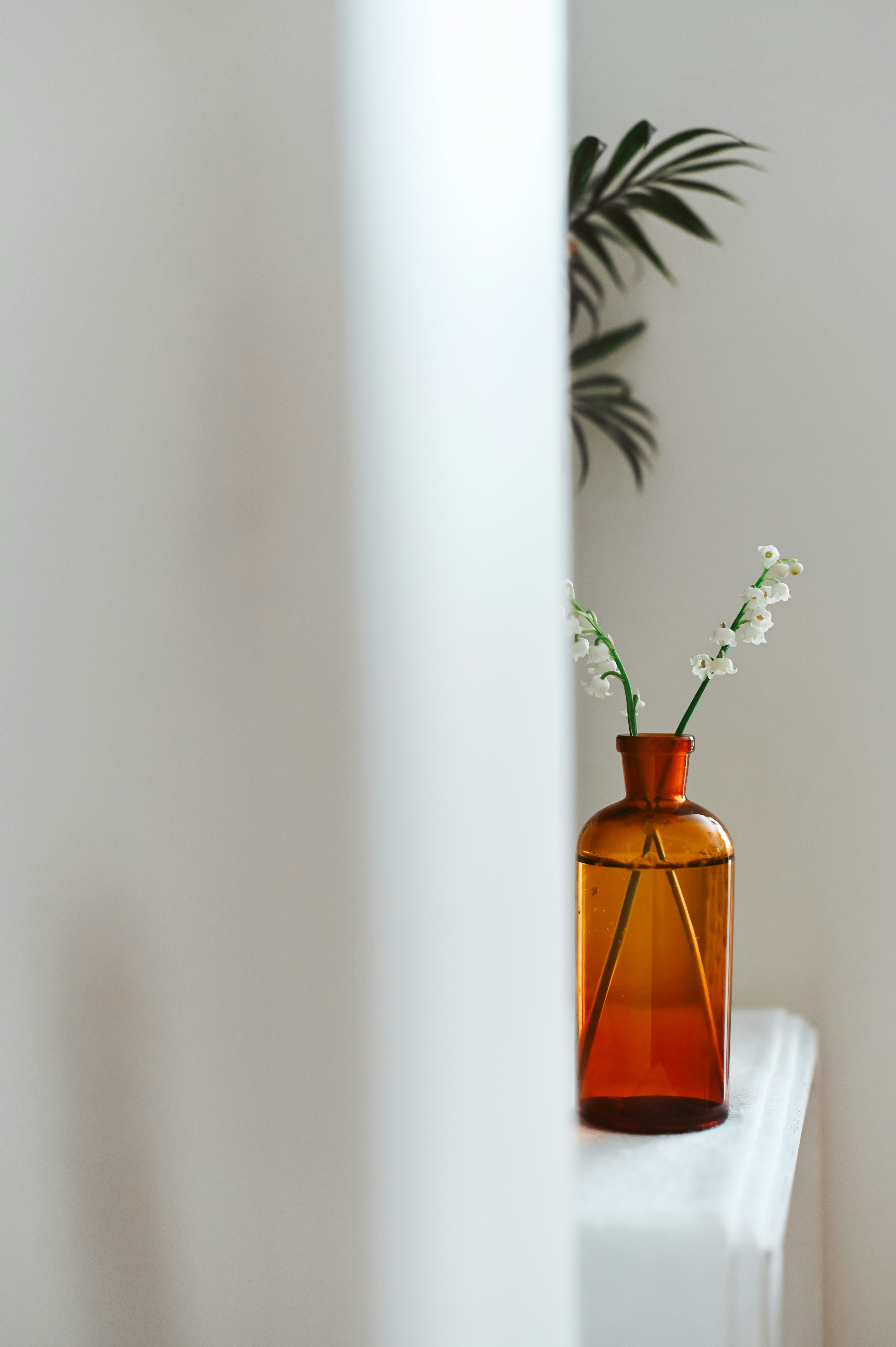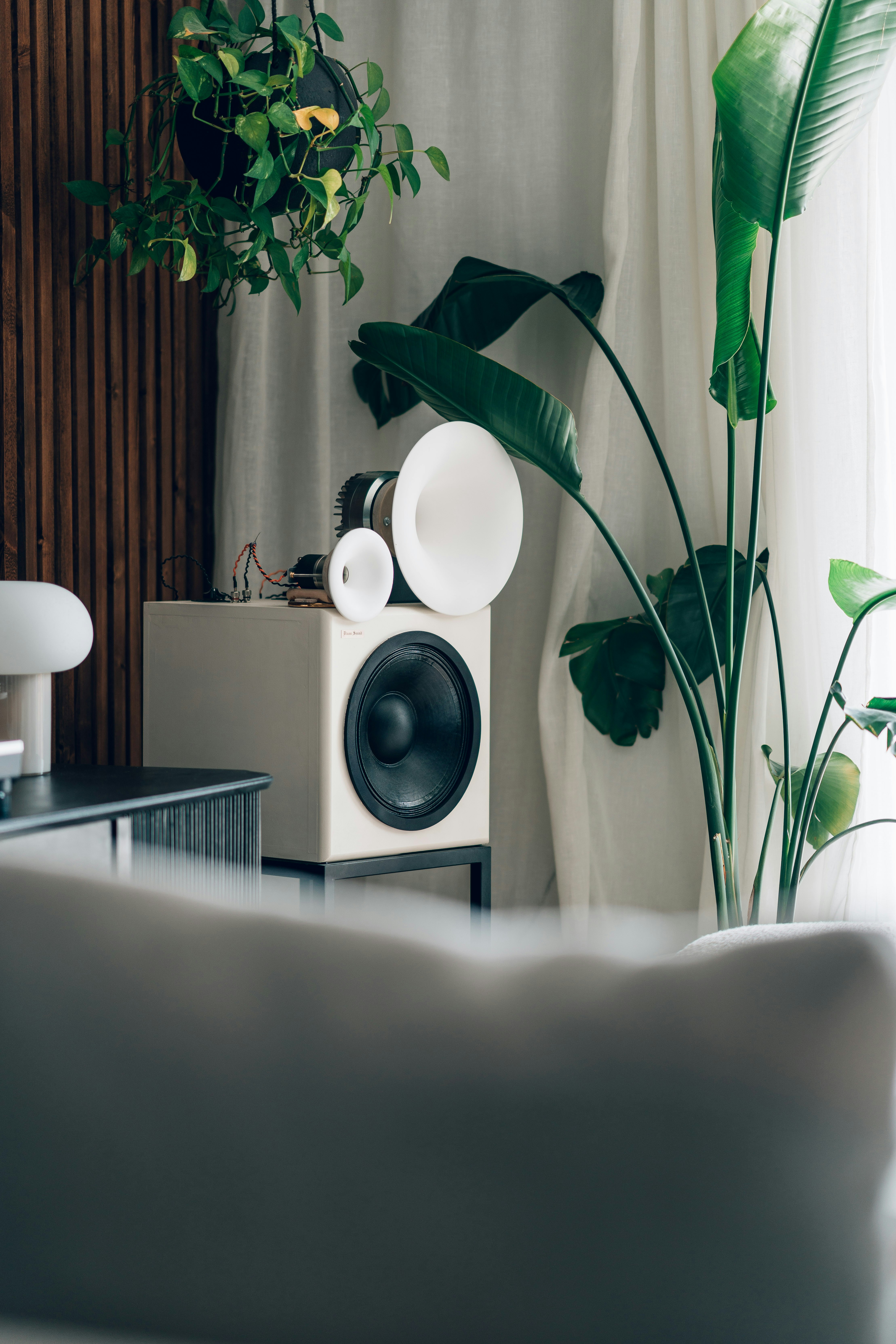Biophilic Design on a Budget: Transform Your Space with DIY Ideas
In today's fast-paced world, our connection to nature often feels strained. Yet, bringing the outdoor elements into our homes is essential—not just aesthetically, but also for enhancing our mental well-being. Enter biophilic design, an innovative approach centered around creating a harmonious relationship between our living spaces and nature. The best part? You can embrace biophilic concepts without overspending. This guide will show you how to incorporate natural elements and living patterns into your home decor through a variety of budget-friendly DIY projects.
Understanding Biophilic Design and Its Importance

Biophilic design revolves around the inherent human inclination to connect with nature. This trend combines architecture, interior design, and the natural world, encouraging environments that improve our psychological health. Research from Harvard Business Review indicates that integrating natural elements can boost creativity, productivity, and overall well-being, making our spaces feel more inviting and serene.
However, many may perceive biophilic design as overly elaborate or expensive, which deters them from attempting it. Fortunately, you can transform your home with nature-inspired elements right on a budget. Through mindful DIY projects, you can weave in the textures, patterns, and colors of nature—enhancing both your space and your state of mind without draining your wallet.
Start with Living Plant Walls

One of the most impactful ways to incorporate biophilic design is through living plant walls, which add vitality and style to apartments and homes alike. These vertical gardens not only purify the air but also provide a stunning visual anchor in any room.
Gather Your Materials

Begin by collecting items like inexpensive shelving units, wall-mounted planters, or wooden pallets. Succulents and local houseplants are excellent choices due to their low maintenance requirements and durable nature. You can often find these at local nurseries for an affordable price or even propagate your own plants.
DIY Steps

-
Select Your Location: Choose a wall that receives adequate light and frames a focal point in your home.
-
Prep the Wall: Clean the area and, if necessary, paint it a calming earth-tone to enhance the natural vibe.
-
Assemble Planters: Attach your planters or shelving securely to the wall, ensuring they can support the weight of the plants and soil.
-
Plant Selection: Fill the planters with chosen greenery. Consider mixing plant sizes and colors for a textured, lush appearance.
For more inspiration on incorporating natural textures in your decor, check out this guide exploring sound and ambiance.
Crafting Art with Natural Materials

Transform your space with unique pieces made from natural materials. Utilizing items like driftwood, stones, or even dried flowers can creatively showcase the beauty of nature right indoors.
Collecting Natural Items

Head outdoors, perhaps to a nearby park, beach, or forest. Gather materials that speak to you—whether it’s a piece of driftwood, interesting stones, or dried twigs.
Creative Crafting

Natural Material Wall Art:
-
Choose a Base: Use an old canvas, wooden board, or even a repurposed frame as your base.
-
Arrange Your Materials: Lay out your collected items in various configurations until you find a design that resonates.
-
Secure the Pieces: Use hot glue or other adhesives to attach your items securely to your base.
-
Finishing Touches: Spruce up the piece with paint or varnish that aligns with your home’s aesthetics.
This project enables you to infuse your space with character while establishing a connection with the great outdoors.
Explore how meaningful decor can enhance your home in this post on storytelling through home decor.
Utilizing Light and Shadow
Another vital aspect of biophilic design revolves around the strategic use of light and shadow to resemble nature’s patterns. Lighting can dramatically transform the ambiance of a space and create visual intrigue.
Natural Light Optimization
-
Use Sheer Curtains: Opt for light, airy fabrics that soften sunlight while allowing it to filter in, mimicking the gentle diffusion of natural surroundings.
-
Incorporate Reflective Materials: Mirrors or light-colored wall decor can enhance brightness while bringing reflections of your plants or nature-inspired elements into view.
DIY Shadow Play
-
Create Shadow Boxes: Construct shadows in your home using repurposed boxes with cutouts painted natural tones. These can be hung on walls to catch light and cast intriguing shadows.
-
Customizable Room Dividers: Use folding screens adorned with leaf patterns to chart light and add natural aesthetics to large spaces.
To delve deeper into how lighting influences well-being, consider exploring this article.
Incorporating Earthy Textures
Natural textures can revitalize spaces by adding depth and visual interest. Focus on the materials and fabrics you choose—aim for organic fibers and earthy tones that echo nature's essence.
Budget-Friendly DIY Projects
-
Textile Accents: Create your own throw pillows and blankets using burlap, canvas, or cotton fabrics. Incorporate natural dyes for color—think greens, browns, and soft pastels reminiscent of nature.
-
Rugs Made from Natural Fibers: Consider using jute or sisal to introduce warmth and texture to flooring without extravagant costs.
-
Wood Pallet Furniture: Reimagine wood pallets as tables or shelving units, bringing an inviting rustic touch to your home.
Integrating such elements allows you to polish your space with tactile, soothing sensations while connecting to the natural world.
Encourage Indoor Nature with Minimalist Gardens
A minimalist or zen garden can be an oasis of calm within your home, promoting relaxation while enhancing decor. These gardens can be small-scale, making them incredibly versatile and suitable for almost any space.
DIY Mini Zen Garden
-
Select a Base: You could use a shallow tray, box, or even an unused wooden crate.
-
Choose Your Sand or Gravel: White sand creates a clean aesthetic, while colorful pebbles can introduce playful accents.
-
Incorporate Natural Elements: Add smooth stones, small plants, or minimalist sculptures. Arrange them strategically for balance—allow the natural beauty to shine.
By creating your own zen garden, you're engaging multiple senses and fostering a tranquil atmosphere conducive to relaxation and mindfulness.
Enhance Indoor Air Quality with Plants
Another budget-friendly project involves selecting air-purifying plants suitable for your home environment.
-
Low-Maintenance Choices: Consider spider plants, peace lilies, or pothos—these species thrive indoors and require simple care while enhancing air quality.
-
Smart Potting Techniques: Use recycled containers from around your home for a fun, creative flair. Mixing different plants in a single container can offer a beautiful display.
If you want to delve deeper into the eco-friendly aspects of home decor, take a look at this post on using upcycled materials.
Final Thoughts
Integrating biophilic design principles within the home doesn't have to be a costly venture. By embracing DIY projects focused on natural elements, light and shadow, and tactile textures, you can create a sanctuary that reflects the beauty found in nature. Each project encourages mindfulness and fosters a deeper connection to the environment, contributing to your mental well-being.
Whether it's crafting living plant walls, creating unique natural art pieces, or optimizing natural light, these elements work together to cultivate a tranquil, nurturing atmosphere. Start slow, pick a few projects, and watch how your space transforms into a more inviting place—one that resonates with the natural world, brightening your daily life!
Incorporating biophilic elements can beautify your home while simultaneously enhancing your health and happiness. Explore these various DIY ideas and watch your living space blossom without stretching your budget. For additional budget-friendly DIY home decor projects, check out this handy guide!



